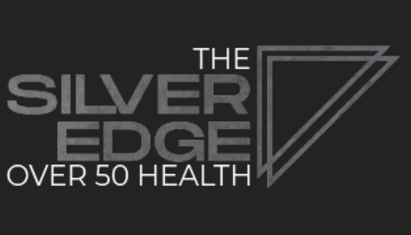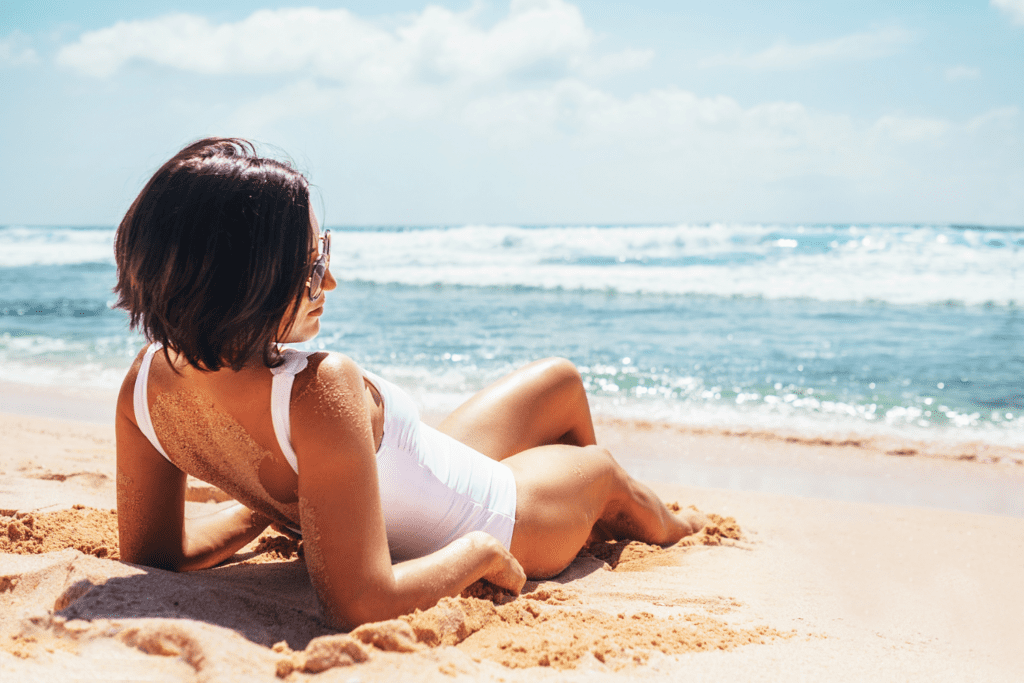
Spring is in the air! For many of us the weather is starting to warm up, and we’re getting outside and into the beautiful warm sunshine. This is also the time of year when we start thinking about sun protection.
You almost certainly have heard it said that our skin is our largest organ (it’s true); our skin is a living fabric and should be home to a healthy biome. We’re all aware of the suns potential harm, but let’s start this conversation with some of the suns benefits. The interaction between the sun and our skin is an ancient form of human photosynthesis… in fact from an ancestral point of view our bodies were meant to be exposed to the sun.
Our skin is covered with Vitamin D receptors, and when sunlight hits our skin it triggers our bodies to produce Vitamin D. This “sunshine vitamin” (which is actually a hormone) has many benefits and can reduce inflammation, lower blood pressure, lower insulin, boost immune systems, and improve mood, just to name a few. While sunlight clearly contributes to skin cancer, a moderate amount of sun exposure has preventative benefits for many types of cancer. Additionally, sunlight can help create healthier skin, and is effective in treating skin conditions such as psoriasis, eczema, jaundice and acne.

But you may be thinking, what about UBV rays? Aren’t they bad? Don’t they cause skin cancer? It turns out that UVB rays do in fact cause sun burn (our bodies way of self-regulating and letting us know we’ve had enough sun exposure), but UVB rays are also what cause our bodies to produce Vitamin D.
Most of us go to sunscreen as a first line of defense against the suns “harmful” rays. Although more of us are lathering up every year, the National Cancer Institute states that the rate of new melanoma cases has tripled from 1975 to 2016. In spite of sunscreen being a multi-billion dollar industry, according to the Journal of the American Academy of Dermatology there is still a lack of robust evidence that sunscreen prevents skin cancer.
Based on this information, let’s build a healthy sunlight exposure strategy in three simple steps:
1. Determine the appropriate amount of sun exposure for your skin type
2. Cover up – your first line of defense
3. Sunscreen choices
How Much Sun Exposure Is Appropriate for you?
How much sun you should get depends on where you live, the time of year, as well as your genetics and skin type. The National Center for Biotechnology Information has a great website that grades your skin type and then recommends how much daily sun exposure is appropriate for you. Another great resource is the Dminder app (available for Apple and Android users). This handy app tracks where you are in the world and how much sun exposure you should get, and even advises on the best times of the day for sun exposure.
Cover Up
So now we have an idea of how much sun exposure is ideal for us, what about additional hours in the sun? Our first line of defense is to cover up. Many major outdoor and athletic companies have hats and long sleeve shirts for men and women with sun protection built in. A few examples would be O’Neil, Under Armour, Lululemon, and Columbia. In addition, there are many niche retailers in this space, such as Coolibar and one of my favorites, Poncho. Poncho makes functional outdoor clothing that is also tailor-fitted and stylish… they are great for a day out fishing but also look great at an afternoon cookout with friends.
Sunscreen – Last Line of Defense
I’m lucky enough to live at the beach in southern North Carolina, and I cringe every time I see well-meaning parents coat their kids and themselves in sunscreen (and more so when they spray it on). Let’s look at a couple of sunscreen options.
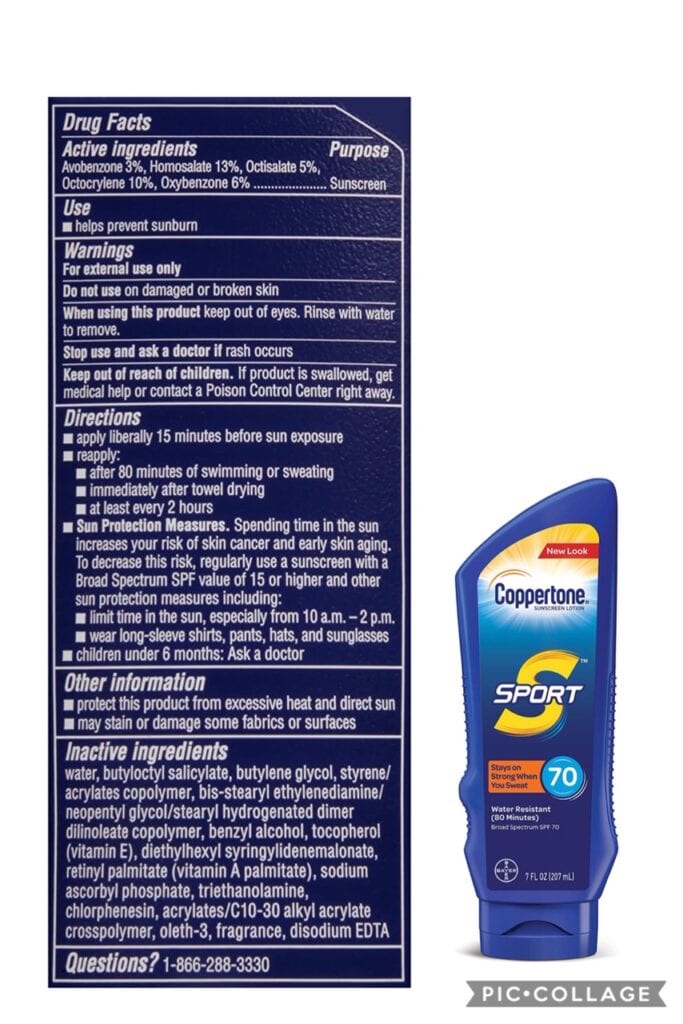
This is a fairly popular sunscreen among the active crowd as it “Stays on Strong When You Sweat.” And no wonder… look at some of those “inactive” ingredients. When you’re bored sometime Google these ingredients and then decide if you really want to put this on your skin.
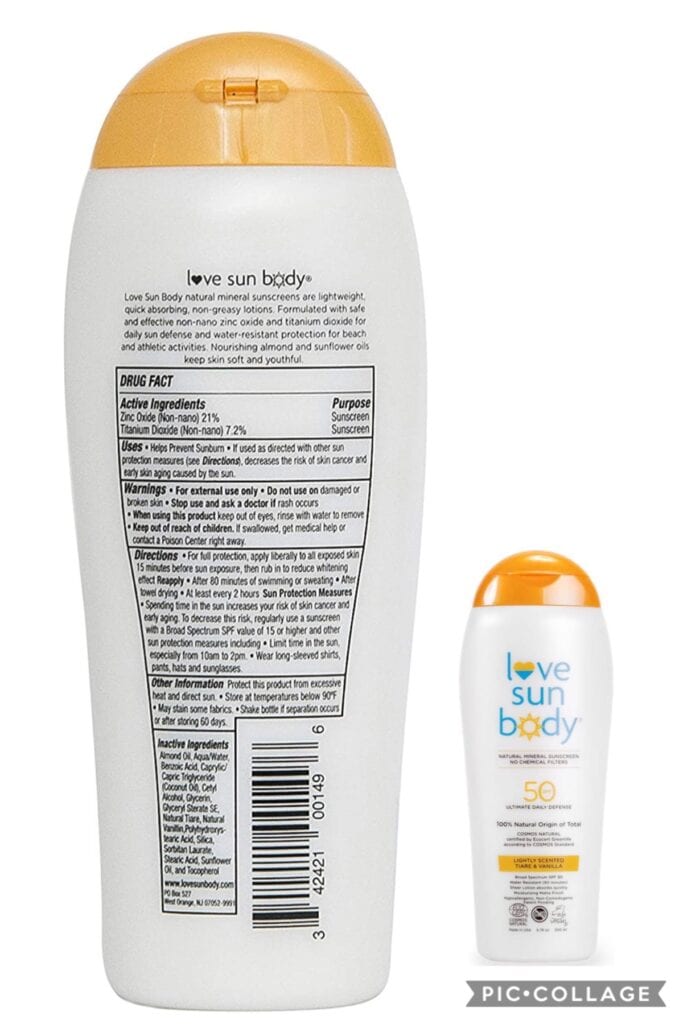
This one seems to be a healthier choice. The label claims it’s a “natural mineral sunscreen” with “no chemical filters.” The front label reads “100% Natural Origin of Total” and is “certified by Ecocert Greenlife according to COSMOS Standard.” While this might be an upgrade from the example above, there are ingredients here which are NOT healthy for your skin (Benzoic Acid anyone?).
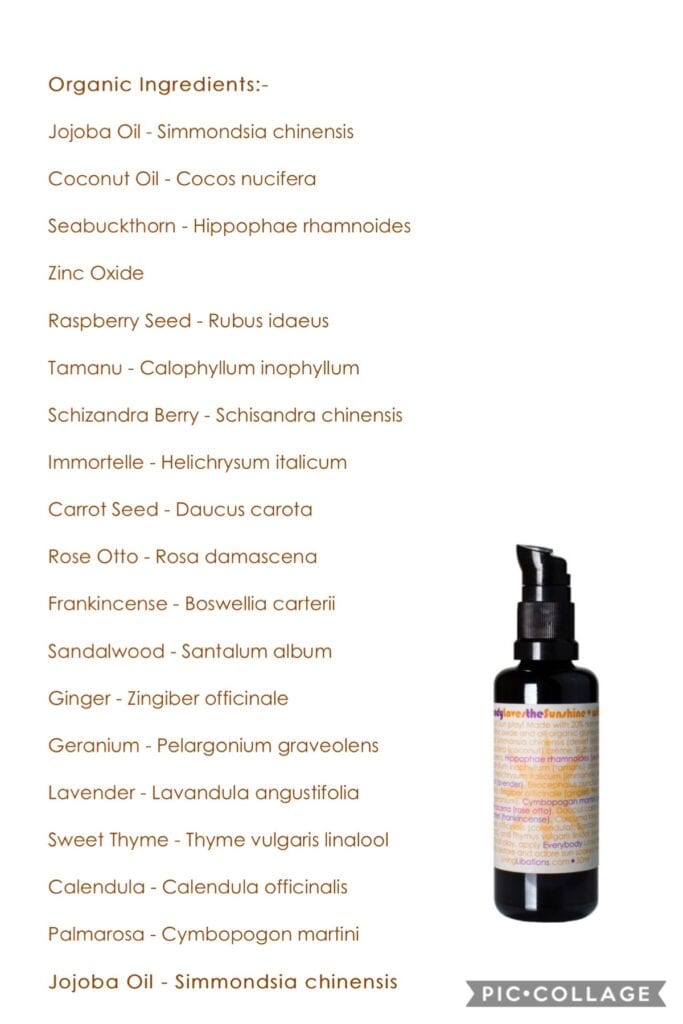
This last example is my personal favorite, and the only sun protection product I personally use. It’s called Everyone Loves The Sunshine with Zinc by a small company called Living Libations, and can be purchased on their website or Amazon. Compare their list of ingredients to the two examples above (or your own sunscreen of choice). There’s nothing in here but uncoated zinc oxide and organic botanicals.
So as the weather starts to warm up and we get outside more, think about your sun exposure and come up with a sun strategy that works for you and your loved ones. I’d love to hear your feedback! What are your favorite sun strategies and products?
